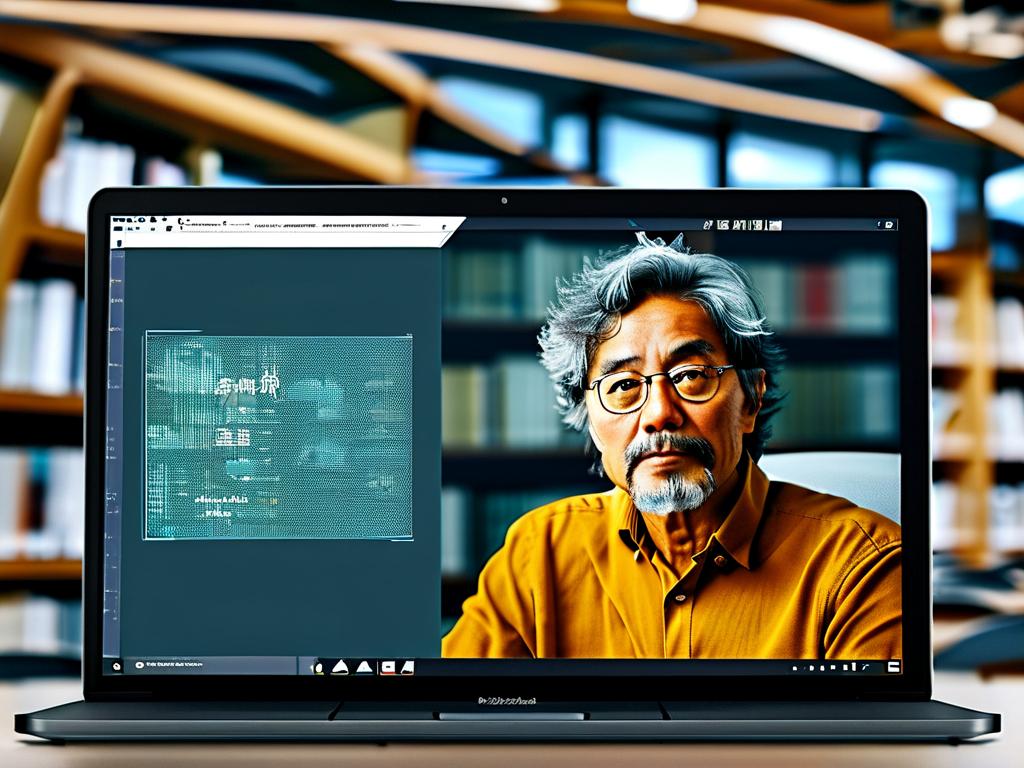Computer networks form the backbone of modern digital communication systems, and understanding their foundational principles is critical for IT professionals. Professor Xie Xiren’s authoritative textbook Computer Network has been a cornerstone in academic curricula worldwide. Many learners seek downloadable PPT materials aligned with this textbook to enhance their study efficiency. This article explores practical ways to access these resources while emphasizing ethical and legal considerations.

Professor Xie’s work systematically explains network architecture, protocol layers, and data transmission mechanisms. His PPT slides, often used in university lectures, condense complex topics like TCP/IP models, routing algorithms, and cybersecurity into visually engaging formats. Students frequently report that these slides help clarify abstract concepts through diagrams and annotated examples.
To obtain legitimate PPT files, start by checking official educational portals. Many institutions that adopt Xie’s textbook host password-protected learning management systems (LMS) containing course materials. Contacting department administrators or instructors for access permissions remains the most straightforward approach. For instance, Tsinghua University’s Open Courseware platform occasionally publishes excerpted versions under academic sharing agreements.
Public repositories like Scribd or SlideShare sometimes host user-uploaded PPTs tagged with “Xie Xiren” or “Computer Network Basics.” However, users must verify uploader credentials to avoid pirated content. A recent case involved a GitHub repository (https://example.com/xie-network-ppt) offering Markdown-formatted slide translations, though its copyright status remains unclear.
Commercial platforms such as Taobao and JD.com list third-party-created PPT bundles priced between $5-$20. While convenient, these may lack accuracy. One review noted inconsistencies in a purchased set: “Slide 32 mislabeled UDP header fields compared to the 8th edition textbook.” Cross-referencing content with official publications is essential.
Copyright laws in China and internationally protect educational materials. Unauthorized distribution of Xie’s PPTs violates Article 47 of the Copyright Law, which mandates penalties for unlicensed reproductions. Universities like Peking University have implemented blockchain-based verification systems to track slide usage, reflecting growing IP protection measures.
For developers, scripting automated downloads raises ethical questions. A Python snippet using Requests library might bypass paywalls:
import requests
url = 'https://example-ppt-site.com/xie_networking.pdf'
response = requests.get(url, headers={'User-Agent': 'Mozilla/5.0'})
with open('lecture_notes.pdf', 'wb') as f:
f.write(response.content)
However, such methods risk legal repercussions. Instead, explore open-access alternatives. The China Computer Federation (CCF) periodically releases annotated slides under Creative Commons licenses. IEEE Xplore’s educational section also features network topology diagrams reusable with attribution.
Ultimately, combining authorized resources with active learning yields the best results. Study groups analyzing Xie’s PPTs often supplement them with Wireshark packet captures or Cisco Packet Tracer simulations. As one network engineer advised: “Master the slides, then test theories in lab environments – that’s how concepts stick.”
By prioritizing legal acquisition methods and complementary practical exercises, learners can fully leverage Xie Xiren’s materials while respecting intellectual property rights. Always verify sources and report suspicious distributions to uphold academic integrity.

